Reflection
Is Design Resilient?
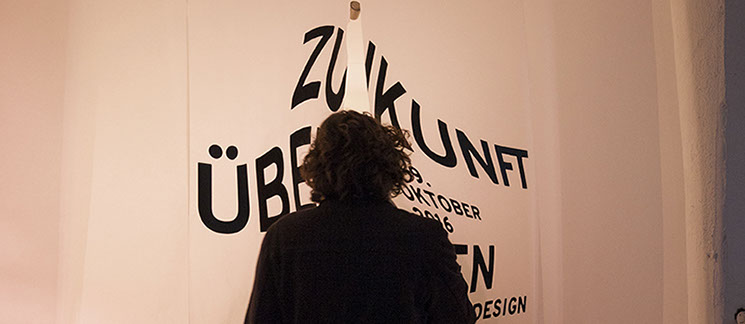
Most of the polar caps have already melted away. In the next few years, the company United Corporations International will therefore install a gigantic solar sail in near-earth orbit in order to stop the final melting. The solar sail will be independent from the scarcity of resources in the next 300 years due to the asteroid mining, reported the U.C.I. speaker at the press conference for the billion project »ExoPatch«. Nevertheless, there will be no compensation for the population that has already settled on the ice-free land masses of Greenland. They will be buried under ice again if they do not manage to be accommodated in other parts of our overpopulated world.
This dystopia was also addressed in the last month's exhibition »Zukunft überleben. Resilienz und Design« by the »Kollektiv unumwunden«. The interdisciplinary student group of the Munich University of Applied Sciences in the Master »Advanced Design«« has developed six projects on the subject of resilience in cooperation with the Bavarian research association ForChange.
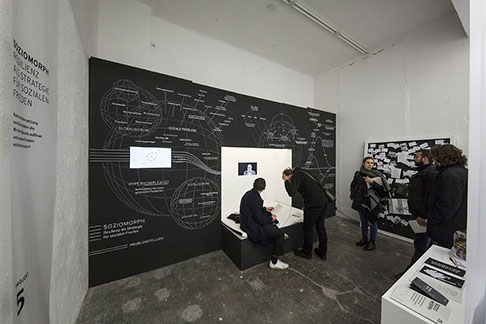
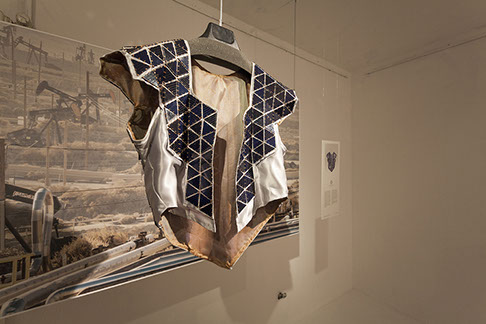
The term resilience is a creation of the last century and originally comes from psychology - but it means more than mere resistance. An important ability is adaptation. In nature it is not the strongest who survives, but the one who manages to deal with adverse environmental influences. A vivid example is our own body, which resists illnesses, is able to de-dramatize exceptional situations and is also capable of learning. Resilience is basically positively proven in the advisorial literature and the public discourse. At the beginning of a resilience process there is always a negative crisis, which has to be turned to the positive. It is important to learn through the crisis and to use the change as an opportunity for insight and positive development.
The basic principle of resilience is also the crux of the matter. On the one hand, there is a problematic handling of the term resilience. The exhibition deals with this problem through presenting the dystopia of »ExoPatch« and the project »Sarrox. Krisensichere Westen«. They suggest apparent solutions with the help of technologies. This approach exposes a great problem of mankind ‒ to wait and hope for a technology that solves all our problems. On the other hand, the term can become a victim of a negative interpretation: What happens when the individual in a resilient society no longer counts, since only the surviving of the entire system is relevant? This question and the risk of the formation of a totalitarian system are addressed in the project »Soziomorph. Resilienz als Strategie für sozialen Frieden«. It considers the combination of different competences and abilities, which are hidden in our society, as a solution. The design theorist Ezio Manzini describes this with »Connecting Diversities«. The platform »MehrStadtraum. Urbane Alternativen« refers to the revival of unused places. »Citizens of a city must be encouraged to take over unused places in their city in order to integrate them into their everyday lives«, says Monnier Ostermair. This creates open and individual spaces that allow a variety of uses and promote intergenerational exchange among citizens.
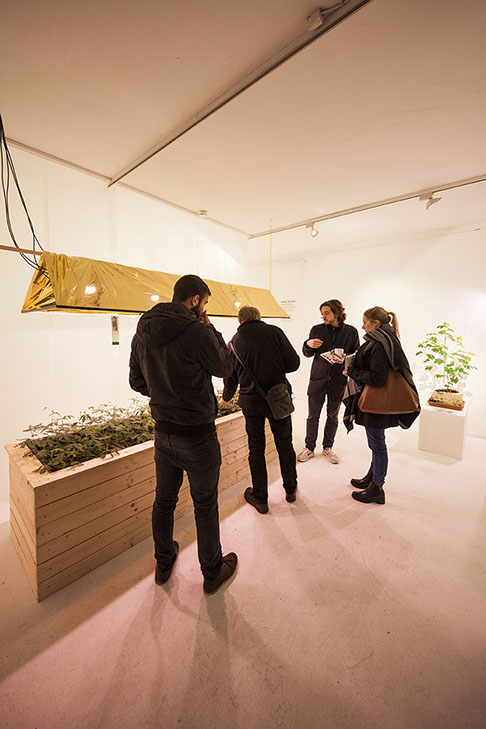
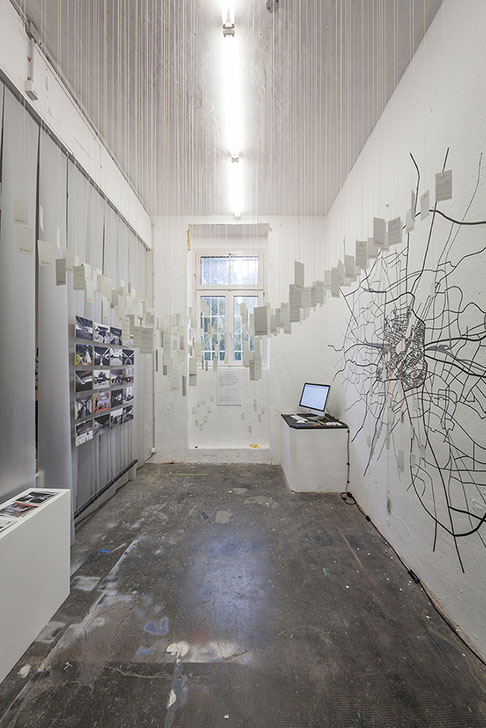
In this context, the focus is suddenly on the designers and how they can be supported in developing contemporary resilient designs. The project »Magic Seven. Prinzipien für resiliente Gestaltung« calls for a rethink. The fan offers seven factors for the design process, which refer back to results of resilience research. They are an aid in being able to react to unforeseen events and are intended to motivate the designer's work.
This leads to one of the much-discussed questions of the design discipline: Do we designers also have adequate reaction potential to produce resilient design concepts in the future, or are our working approaches too rigid? If we look at the history of a designer's area of responsibility (cf. Krippendorff, principles of design and a trajectory of artificiality), the opposite becomes apparent. Despite rapid technological developments, digitalisation and globalisation, our competencies are flexible enough to face new challenges. In the concluding panel discussion of the exhibition, Prof. Matthias Edler-Golla describes the profession of designer, with regard to the changing design education, in the constant field of tension ‒ as a designer of beautiful things and as a designer whose focus is on the human being .
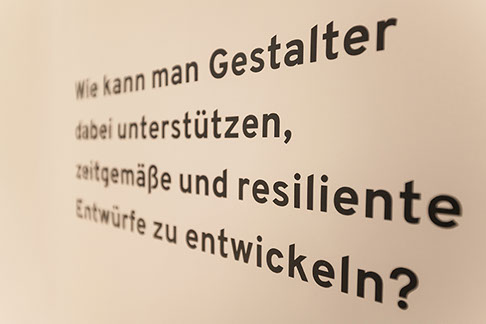
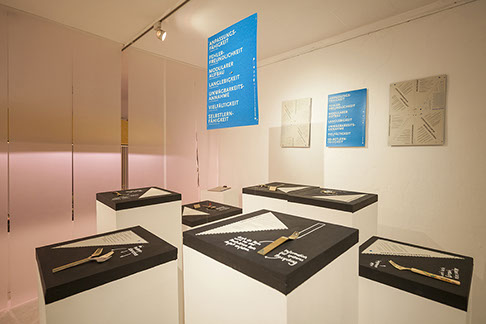
It is impressive that our craft (the ways of thinking and acting) has remained roughly the same. By continuously changing our point of view, we are able to take up new perspectives. By constantly questioning and iterating, we are able to create innovative solutions. Is design and the associated creativity a resilient tool? For a long time now, many designers do not consider themselves as mere »beauticizers«. The extended concept of functionalism, developments such as social design, human-centered design and design research are tools of a design discipline that is constantly changing.
*** a contribution by Anna Keilbach & Daniel Otto *** with photos by Jonas Heilgeist ***